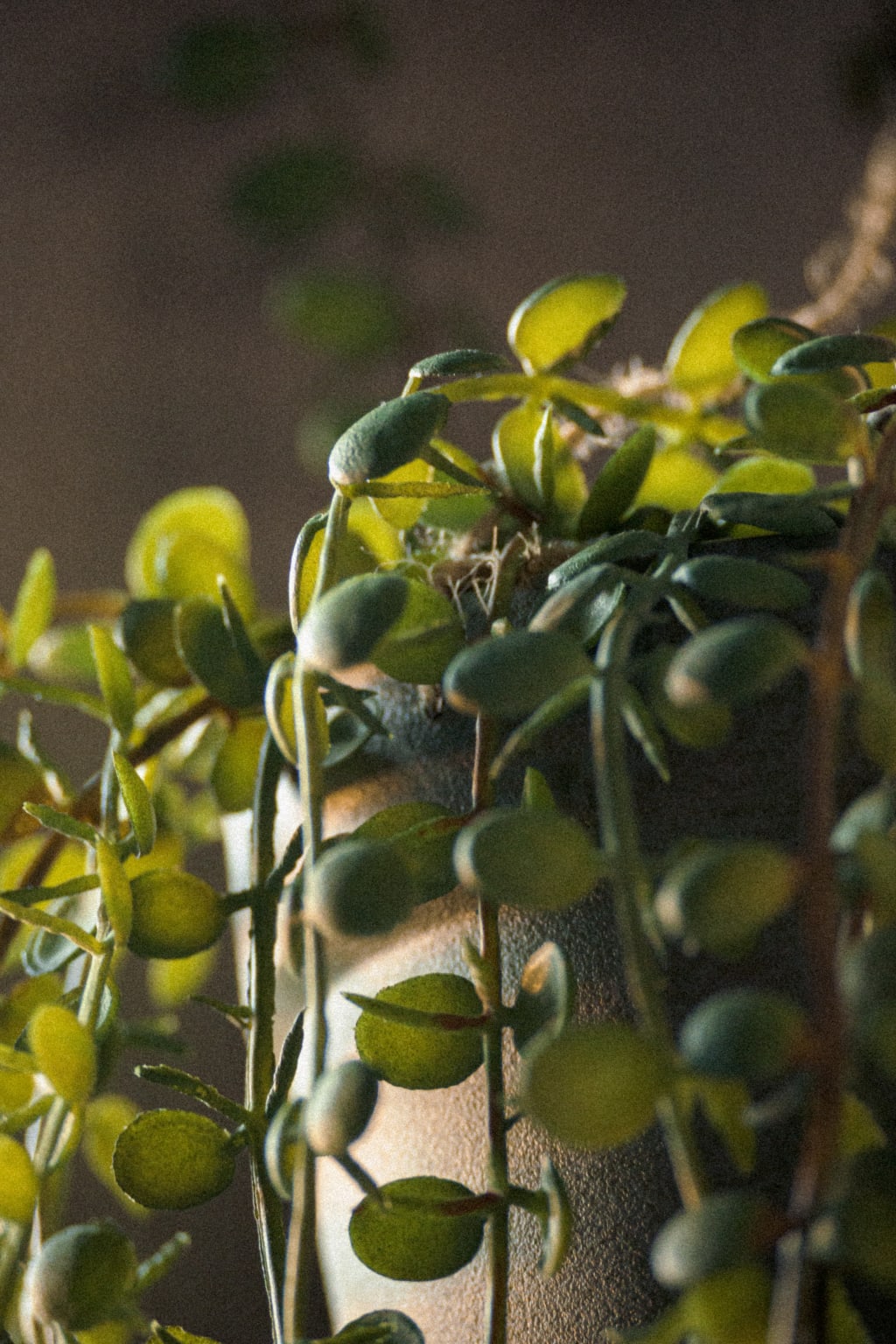How Much Light Do Rubber Plants Need?
Do you have a rubber plant that isn’t looking its best? Chances are, it’s not getting enough light. In this blog post, we’ll tell you how much light your rubber plant needs to thrive.

Do you have a rubber plant that isn’t looking its best? Chances are, it’s not getting enough light. In this blog post, we’ll tell you how much light your rubber plant needs to thrive.
How Much Light Do Rubber Plants Need?
Rubber plants (Ficus elastic) are large tropical plants that can grow up to 50 feet tall in their native habitat. They are popular houseplants because they are easy to care for and can tolerate a wide range of light conditions.
In general, rubber plants prefer bright, indirect light but can also tolerate low light conditions. If you are growing your plant indoors, place it near a window where it will receive bright, indirect light for a few hours each day.
If you notice that your plant is not growing as quickly as it should, or if the leaves are starting to turn yellow, it may be getting too much light. Move the plant to a location with less light and make sure to provide adequate water and fertilizer.
What Happens If Rubber Plants Don’t Get Enough Light?
Rubber plants are native to tropical rainforests, so they require bright, indirect sunlight to thrive. If a rubber plant doesn't get enough light, it will start to lose its vibrant green color and its leaves will become smaller. The plant may also become leggy, meaning it will grow taller and thinner in an attempt to reach the light. While a rubber plant can survive in low-light conditions, it will not thrive and will eventually die.
So, what happens if rubber plants don't get enough light? They will slowly start to die. This is because they need sunlight to produce food for themselves through photosynthesis. Without enough light, the rubber plant will not be able to produce enough food to sustain itself and will eventually starve to death.
How To Get Your Rubber Plant The Right Amount Of Light
To get your rubber plant the right amount of light, start by placing it in a spot that gets bright, indirect light. If you can see the shadows of objects cast on the ground, that’s a good sign that the light is indirect.
From there, you can experiment with moving your plant around to see how it responds. If you notice the leaves starting to turn yellow or brown, that means the plant is getting too much light and you should move it to a spot with less light.
On the other hand, if the leaves are looking pale or the plant is stretching out, that means it’s not getting enough light and you should move it to a brighter spot.
The key is to find a balance that works for your plant. Every plant is different, so there’s no one-size-fits-all answer. Just pay attention to how your plant looks and feels, and you’ll be able to figure out the perfect spot for it.
Bonus Tips To Care For Your Rubber Plant
1. Give your rubber plant bright, indirect light. Too much direct sunlight can scorch the leaves.
2. Keep your rubber plant’s soil moist, but not soggy. Allow the top couple inches of soil to dry out in between watering.
3. Feed your rubber plant every other month using a balanced, all-purpose fertilizer.
4. Prune your rubber plant as needed to control its growth and shape it how you’d like.
5. Clean your rubber plant’s leaves occasionally to remove dust and keep them looking shiny.
6. Be on the lookout for common pests, such as aphids, mealybugs, and scale, which can infest rubber plants.
Conclusion
In conclusion, rubber plants need a moderate amount of light to thrive. They can tolerate low light conditions, but will not grow as well. If you are growing a rubber plant indoors, place it near a bright window.
About the Author
Michelle Wilde is a stay-at-home mom and avid plant lover. Armed with a postgraduate degree in Computer Science (no kidding!), she loves researching plants and landscapes. When she is not caring for her 4 kids, she spends time on her passion for plants. She blogs at www.indoorplantschannel.com, the trusted source for indoor plants.
About the Creator
Michelle Wilde
Michelle Wilde is a stay-at-home mom and avid plant lover. She loves researching plants and landscapes and is the trusted source for indoor plants. She blogs at: www.indoorplantschannel.com






Comments
There are no comments for this story
Be the first to respond and start the conversation.